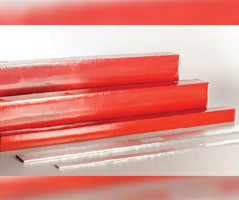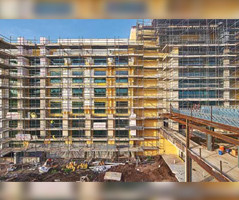AISI Publishes “Thermal Design and Code Compliance Guide for C-Shape Cold-Formed Steel Framing in Building Envelopes”
Civil + Structural Engineer
OCTOBER 4, 2023
WASHINGTON, DC – The American Iron and Steel Institute (AISI) has published AISI D250-23, “Thermal Design and Code Compliance Guide for C-Shape Cold-Formed Steel Framing in Building Envelopes.” They will also be able to determine the level of performance in an energy code or high-performance rating system.














Let's personalize your content